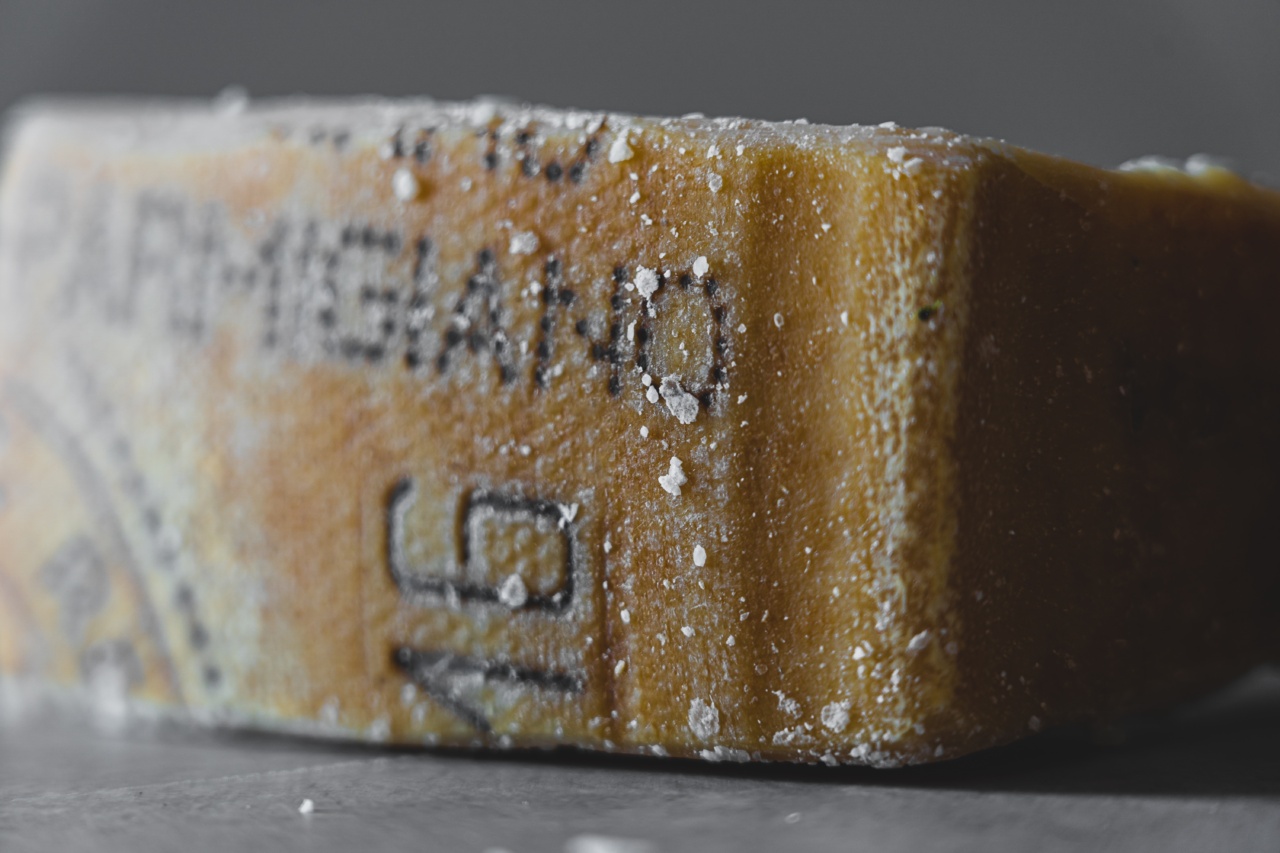Sodium is a mineral that is present in many food items. It is an essential nutrient for the human body, but too much consumption can lead to health problems.
The American Heart Association (AHA) recommends the consumption of no more than 2,300 milligrams of sodium per day, with an ideal limit of 1,500 milligrams per day, for a healthy adult. However, most Americans consume far more than this recommended limit, which can lead to high blood pressure, heart disease, and stroke.
As a result, the AHA has revised its sodium recommendations in recent years to better reflect the potentially harmful effects of excess sodium consumption.
Why is Sodium Important?
Sodium is an essential nutrient that the human body needs to function properly. It helps regulate blood pressure and blood volume, along with maintaining proper pH levels in the body.
Additionally, sodium is important for the proper functioning of nerves and muscles. The kidneys regulate the amount of sodium in the body, and excess sodium is typically excreted through urine.
However, when the kidneys cannot keep up with the amount of sodium intake, excess sodium can build up in the bloodstream, leading to health problems.
How Much Sodium is Too Much?
The AHA recommends that adults consume no more than 2,300 milligrams of sodium per day, with an ideal limit of 1,500 milligrams per day. However, the average American consumes around 3,400 milligrams of sodium per day.
This excess sodium can lead to high blood pressure, which is a major risk factor for heart disease and stroke. Additionally, excess sodium can also lead to kidney damage and osteoporosis.
Sodium Guidelines in Food
The AHA has revised its sodium guidelines in recent years to reflect the potentially harmful effects of excess sodium consumption. The FDA has also implemented regulations that require food manufacturers to include sodium levels on nutrition labels.
It is important to note that sodium is present not only in obvious sources such as table salt, but also in many processed and packaged food items. Some common examples of high-sodium foods include canned soups, frozen dinners, and fast food. It is important to read nutrition labels carefully and limit intake of high-sodium foods.
Reducing Sodium Consumption
Reducing sodium consumption can be challenging, as it is present in many foods that Americans typically consume. However, there are steps that can be taken to reduce sodium intake. These include:.
- Limiting intake of processed and packaged foods
- Preparing meals at home using fresh ingredients
- Using herbs and spices to add flavor instead of salt
- Choosing low-sodium products at the grocery store
- Rinsing canned foods to remove excess sodium
Sodium Recommendations for Specific Populations
The AHA provides specific sodium recommendations for certain populations, including:.
- Children under the age of 14: Less than 1,500 milligrams per day
- Adults over the age of 50: Less than 1,500 milligrams per day
- Individuals with hypertension: Less than 1,500 milligrams per day
- Individuals with heart disease: Less than 1,500 milligrams per day
- African Americans: Less than 1,500 milligrams per day
The Takeaway
Sodium is an essential nutrient for the human body, but too much consumption can lead to health problems. The AHA recommends no more than 2,300 milligrams of sodium per day, with an ideal limit of 1,500 milligrams per day.
Excess sodium can lead to high blood pressure, kidney damage, and other health problems. It is important to read nutrition labels carefully, limit intake of high-sodium foods, and take steps to reduce overall sodium consumption.






























